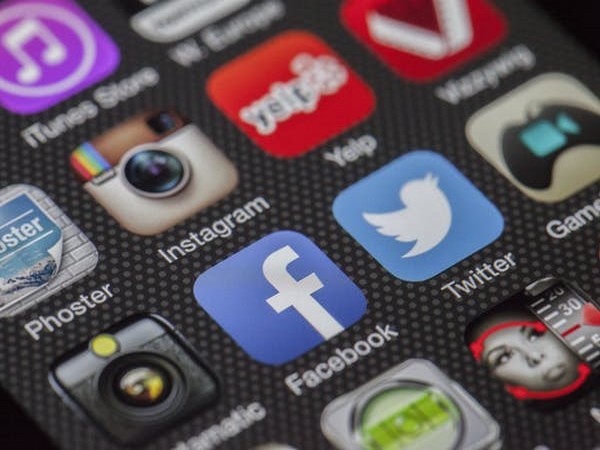

Teenagers from underprivileged homes are more likely to report an addiction to Facebook, Instagram, WhatsApp, and other social media, according to studies.
The peer-reviewed journal Information, Communication, and Society published the study’s findings.
The results of the first study of its kind reveal a connection between economic disparity and unsatisfactory usage of social networking sites and instant messaging services. The situation is exacerbated in schools where there are financial and social divides between students.
According to the authors, the findings, which were based on data from more than 179,000 kids in 40 countries, indicate the need for new social media usage policies that lessen the effects of poverty.
The authors argue that governments’ actions could aid in limiting the dysfunctional or abnormal behaviour of young people. These undesirable behaviours include being unable to cut back on screen time or lying about social media use to friends and family.
According to the study’s primary author Michela Lenzi, an associate professor of psychology at the University of Padua in Italy, inequality may have negative effects on teenagers’ problematic social media use at the individual, school, and national levels.
“Policymakers should create initiatives to lessen disparities and restrict adolescents’ unhealthy social media usage behaviours.”
Social media is used frequently by young people, and both the risks and the benefits to well-being have been extensively studied.
As a behavioural addiction, problematic social media use (PSMU) is not professionally recognised. But it’s thought of as a problem with young people’s health.
The purpose of this study was to look into the relationships between teenage PSMU and socioeconomic disparities that can be quantified at the individual, school, and national levels.
The authors also examined how peer and familial support affected these correlations as moderators.
The results are based on 179,049 kids from 40 different nations, including the majority of Europe and Canada, who are 11, 13, and 15 years old. Evidence came from the international World Health Organization cooperative research Health Behaviour in School-aged Children, which is conducted every four years.
In order to spot addiction-like behaviours linked to social media, researchers gave kids questionnaires to complete. The forms were completed anonymously in the presence of a teacher or qualified interviewer while being watched in the classroom.
Anyone recognised as having PSMU was a youngster who reported six or more items. These included utilising social media to escape from uncomfortable sensations, trying to use it less but failing, and feeling awful while not using it.
Scales of deprivation were determined using an index based on material possessions inside the home or family activities. Items included the number of bathrooms and the number of international family holidays taken in the previous year.
The writers evaluated the level of social support from friends and family, as well as the country’s wealth. They also considered the percentage of each nation’s population that used the internet.
The results showed that teenagers who were substantially less fortunate than their classmates and attended schools with greater economic disparities were more likely to report PSMU.
Youths who received less support from their peers had a larger link with a wealth gap among classmates. However, a connection between PSMU and income inequality in the country was only discovered in teenagers who reported having little familial support.
The relationship between economic hardship and PSMU may be due to a variety of factors. According to one idea put out by the authors, the more impoverished adolescents are more likely to share photographs and videos because they equate them with status and power.
They propose that preventative programmes at schools might concentrate on ‘objective and perceived’ social class inequalities between classmates.
Increased peer support, which the authors discovered to be a protective factor in the link between relative deprivation and PSMU, is another important component.